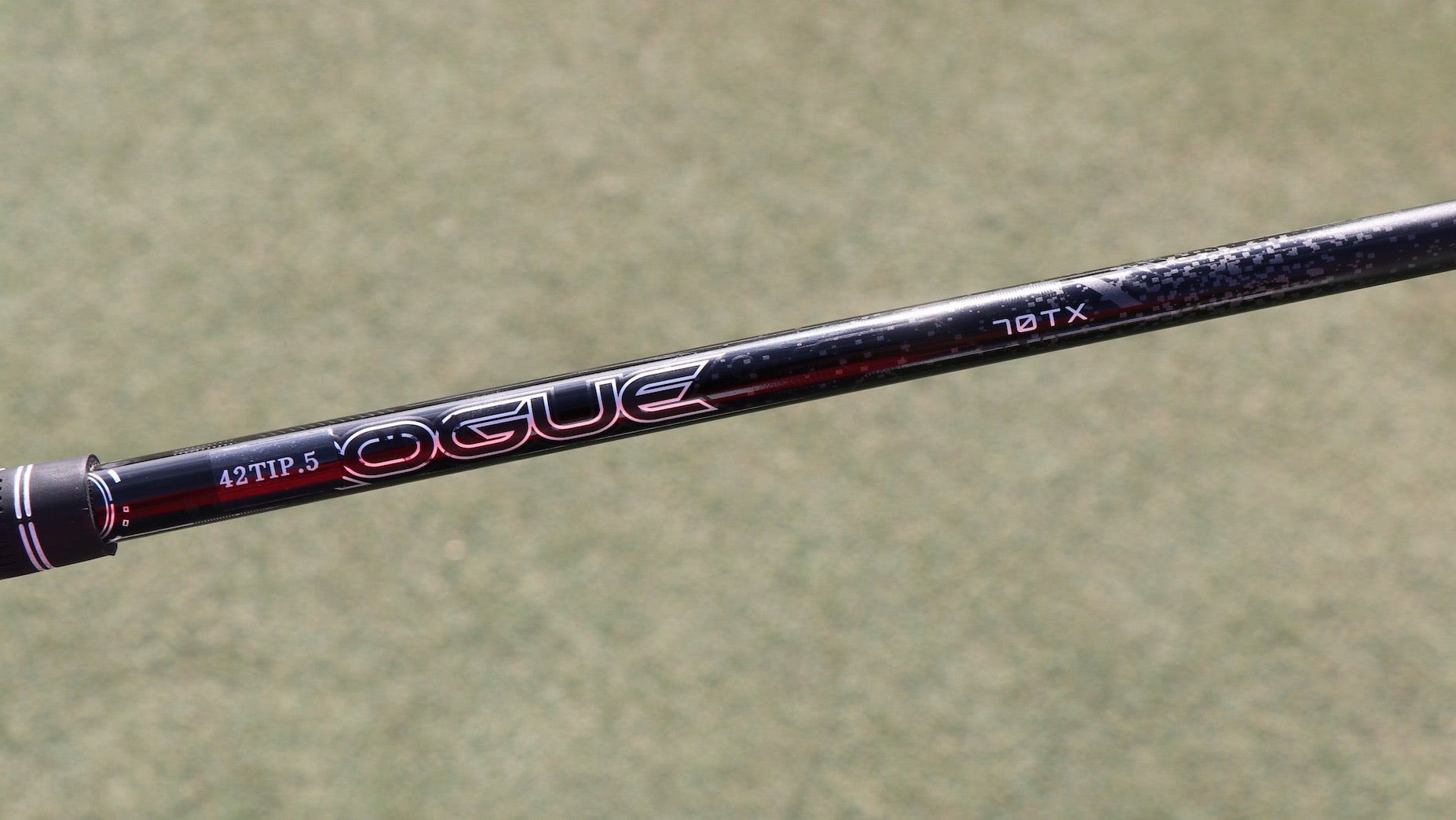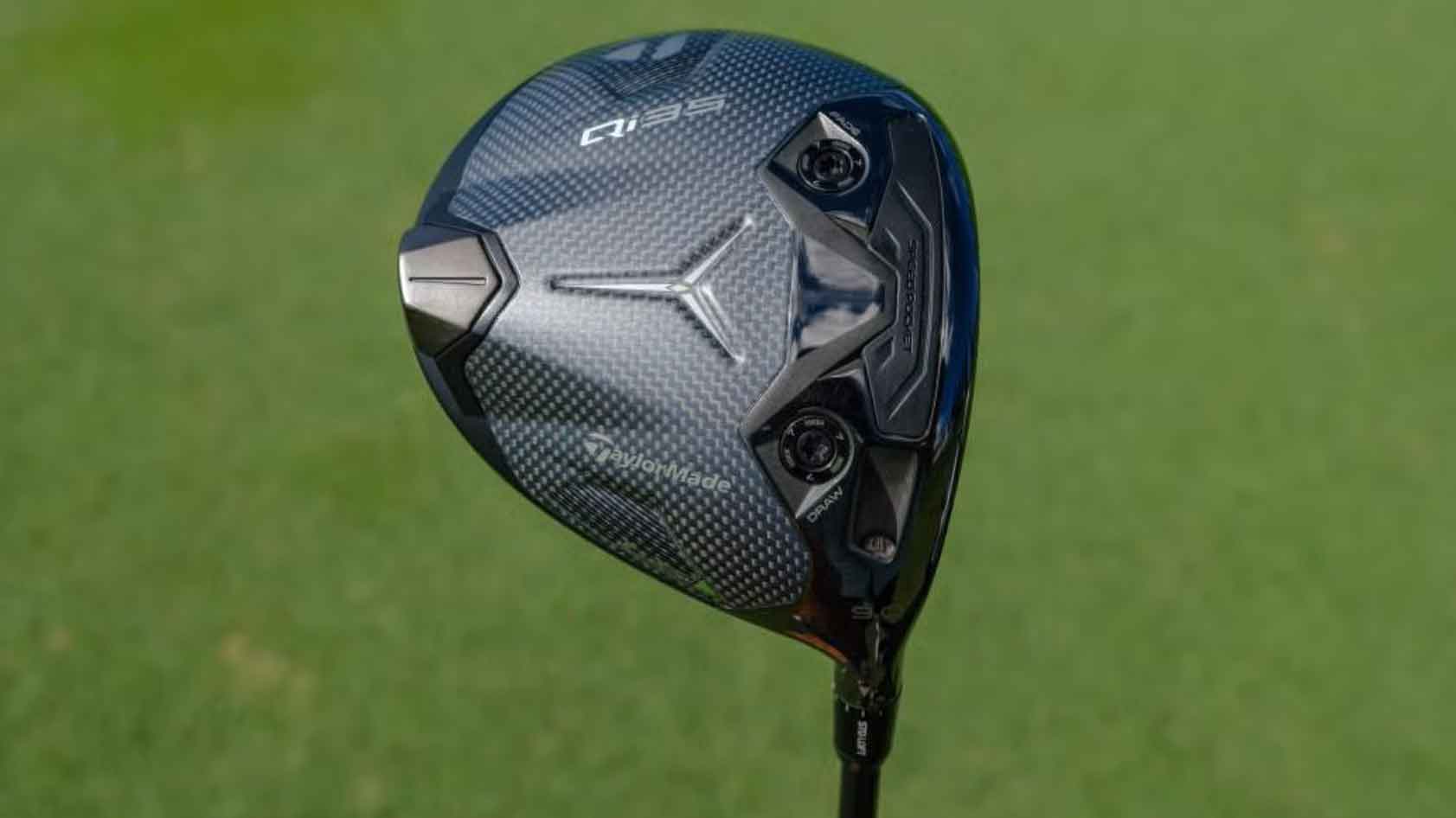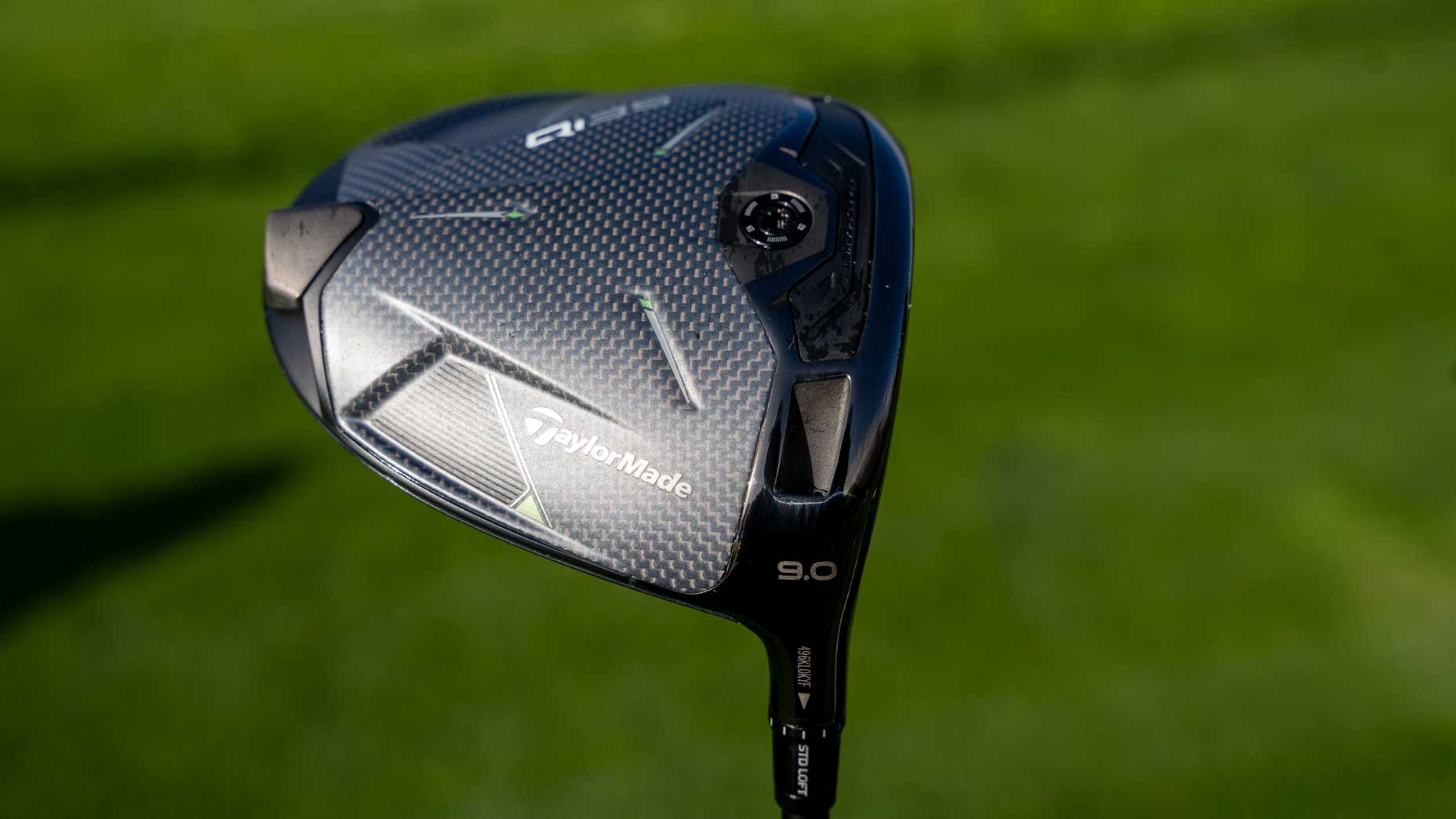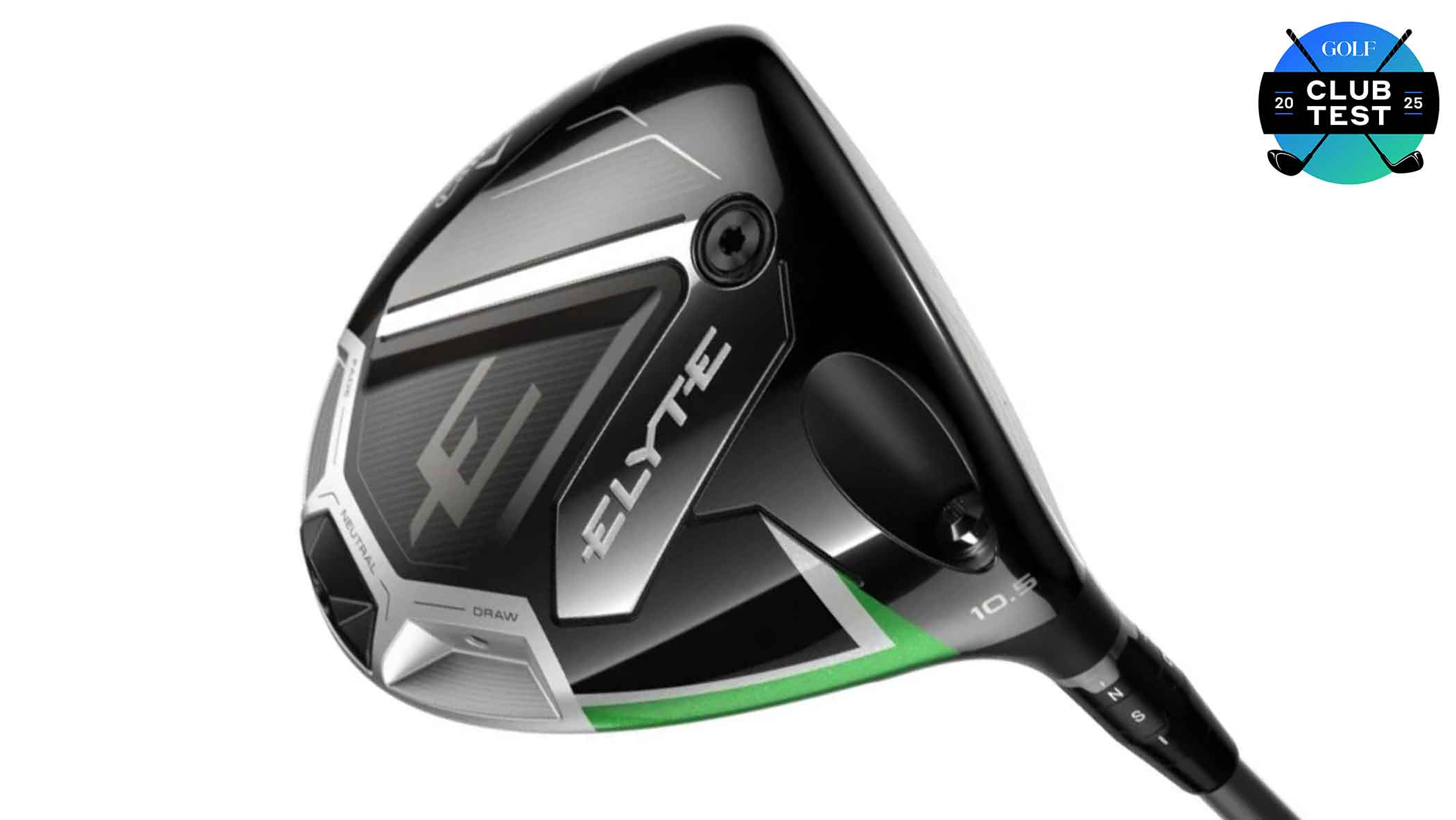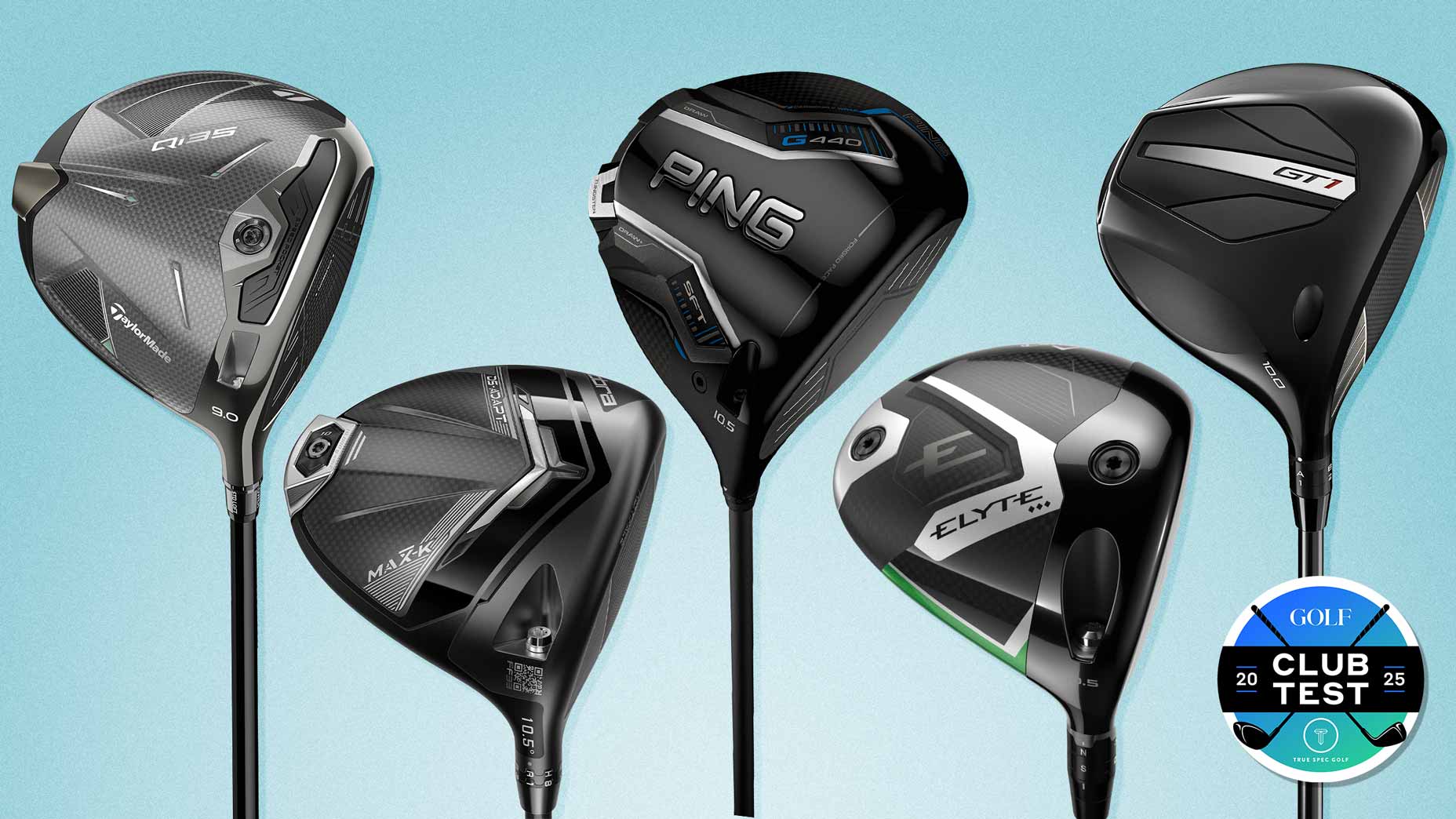Brooks Koepka tried to snap his driver, but it didn’t break — here’s why
- Share on Facebook
- Share on Twitter
- Share by Email

Skratch TV twitter
Snapping a golf club into two pieces is the ultimate release of anger for a golfer — but it’s a fleeting moment of satisfaction. After teaching the unruly club its lesson, now you’re left with only 13 of the legally allotted 14 clubs in your arsenal, plus two broken pieces of a club you’ll have to replace. The point is, breaking clubs isn’t always the smartest or most cost-efficient way to express displeasure on the course.
Good news: Modern shaft designs aren’t always so easy to break, as Brooks Koepka found out at the 2021 Farmers Insurance Open on Friday at Torrey Pines. Frustrated after a wayward drive en route to a third consecutive missed cut, Koepka wrapped his driver shaft around his back and looked as if he was trying to break it. Instead of snapping like a twig, though, Koepka’s Mitsubishi Diamana D+ Limited 70TX shaft withstood the Hulk-like pressure. It bent but didn’t break.
Bend it like Brooks. pic.twitter.com/L7JAL7OBo0
— Skratch (@Skratch) January 29, 2021
We’ve all seen videos of golfers snapping clubs like tooth picks, but modern driver shafts are especially durable. Unlike the wooden or steel driver shafts that golfers used in previous decades and centuries, driver shafts now use composite materials designed to withstand high forces.
Around the 2000s, shaft companies began using graphite in their mainstream driver shafts. The new materials facilitated lighter construction (around 60 grams versus the older 120-gram steel shafts) without giving up the stiffness needed to hit straight shots at high speeds. For golfers, that meant more speed, feel and control; Tour pros and regular golfers alike switched in droves from old steel-shafted drivers to the new-age graphite.
Obviously, technology continued to progress since the industry accepted graphite as a worthy replacement for steel. Today, most shaft companies use extremely strong and lightweight composite materials, with complex constructions, to ensure that driver shafts perform better than ever and can endure high levels of force. Think about how hard a PGA Tour player swings a golf club, and you’ll understand why strength and durability are paramount.
5 factors to help you find the right driver shaft for your swingBy: Andrew Tursky
Specifically, Koepka’s driver shaft is made with aerospace-grade carbon fiber materials designed for fast speeds, low launch and low spin. According to Mitsubishi, the maker of Keopka’s shaft, his Diamana D model shaft is made with a “Tough-QURE Resin System” which links elastic polymers and durable polymers to make the shafts strong, but without sacrificing feel for players. Koepka’s shaft also has DIALEAD Pitch fiber, which the company says is stronger than traditional carbon fiber, to stiffen the grip-end of the shaft.
In layman’s terms, that means the shafts use strong and expensive materials which, when interwoven, enhance durability. It also means that golfers – even those with Koepka’s strength – may have a difficult time breaking the shaft over their backs.
My advice: read up on how your shaft is made before trying to snap it. Or, better yet, wait a few holes and you might just forget you wanted to break the club in the first place.
Want to overhaul your bag for 2021? Visit the expert fitters at our sister company, True Spec Golf. For more on the latest gear news, check out our latest Fully Equipped podcast below.
Explore the Pro Shop!
Latest In Gear

Andrew Tursky
Golf.com Editor
Andrew Tursky is the Senior Equipment Editor at GOLF Magazine and GOLF.com.

